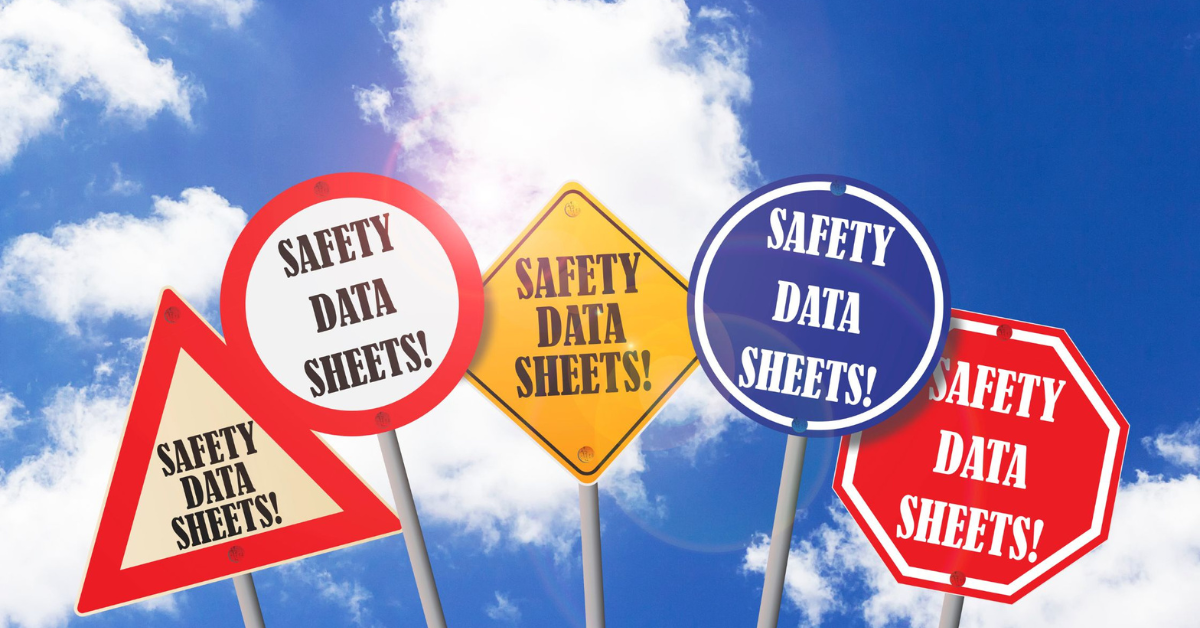Safety Data Sheets (SDS) play a crucial role in ensuring workplace safety and regulatory compliance regarding hazardous substances. Understanding the format requirements for SDS is essential for manufacturers, suppliers, and employers to communicate important safety information effectively. In this article, we will explore the key components of the SDS format requirements based on the Globally Harmonized System of Classification and Labelling of Chemicals (GHS) standards.
What is an SDS?
An SDS, formerly known as Material Safety Data Sheet (MSDS), is a document that provides comprehensive information about a chemical substance or mixture. It includes details on the hazards associated with the material, safe handling procedures, emergency measures, and more. The GHS guidelines, adopted by many countries, standardize the information included in SDS to improve safety in the workplace.
Structure of an SDS
The GHS outlines a specific 16-section format for SDS. This standardized format is designed to provide critical safety and handling information in a clear and concise manner. Below are the sections that must be included in an SDS, along with their respective requirements:
1. Identification
- Product identifier (name, brand, etc.)
- Manufacturer or supplier details (name, address, phone number)
- Recommended use and restrictions
2. Hazard(s) Identification
- Classification of the substance or mixture (e.g., flammable, toxic)
- Signal words (e.g., Danger, Warning)
- Hazard statements (describing the nature and severity of the hazards)
- Pictograms (visual symbols conveying specific hazards)
- Precautionary statements (measures to minimize risks)
3. Composition/Information on Ingredients
- Chemical identity (CAS number, synonyms)
- Concentration or concentration ranges of hazardous components
4. First-Aid Measures
- Description of necessary first-aid measures for exposure
- Symptoms and effects (acute and delayed)
- Recommendations for medical care
5. Fire-Fighting Measures
- Suitable extinguishing media
- Specific hazards arising from the substance (e.g., combustion products)
- Protective equipment for firefighters
6. Accidental Release Measures
- Emergency procedures
- Methods and materials for containment and cleanup
- Precautions to protect people and the environment
7. Handling and Storage
- Safe handling practices
- Conditions for safe storage (including incompatible substances)
8. Exposure Controls/Personal Protection
- Control parameters (e.g., occupational exposure limits)
- Appropriate engineering controls
- Personal protective equipment (PPE) recommendations
9. Physical and Chemical Properties
- Information on the substance’s characteristics (e.g., appearance, odor, boiling point, flash point)
10. Stability and Reactivity
- Reactivity hazards
- Chemical stability
- Conditions to avoid
- Incompatible materials
11. Toxicological Information
- Information on the health effects of exposure (acute and chronic)
- Routes of exposure (inhalation, skin contact, ingestion)
12. Ecological Information
- Environmental impact data (if available)
- Ecotoxicity and persistence
13. Disposal Considerations
- Recommended disposal methods
- Relevant regulations
14. Transport Information
- UN number
- Proper shipping name
- Transport hazard classes
15. Regulatory Information
- Safety, health, and environmental regulations specific to the substance
16. Other Information
- Date of preparation or last revision
- Additional relevant information
Regulatory Compliance
Different regions have their own regulations regarding SDS. For example, in the United States, the Occupational Safety and Health Administration (OSHA) mandates that SDS must be made available to employees for hazardous substances under the Hazard Communication Standard (HCS). Similarly, the European Union has its regulations under the Registration, Evaluation, Authorisation and Restriction of Chemicals (REACH) and the Classification, Labelling and Packaging (CLP) Regulation.
